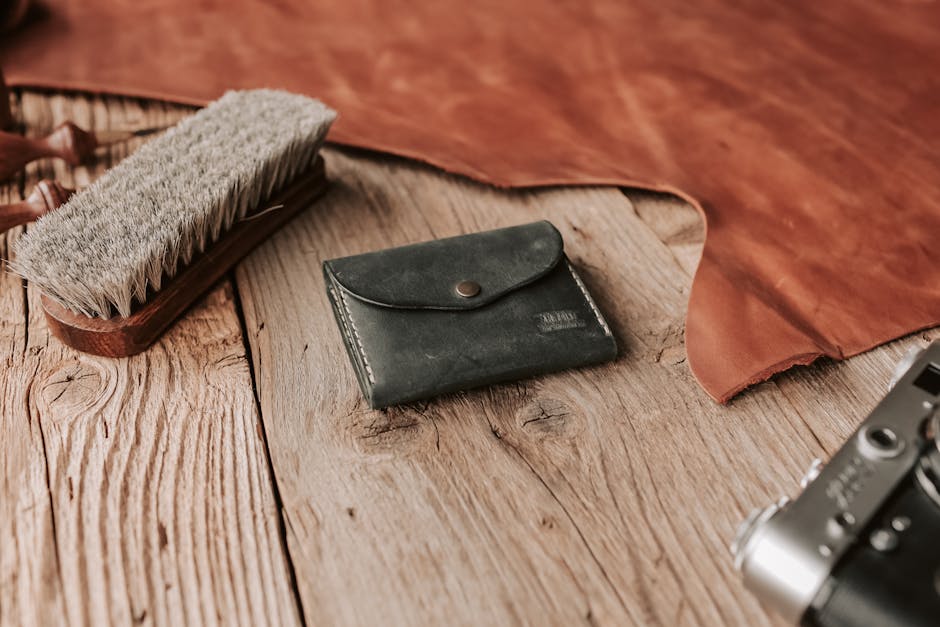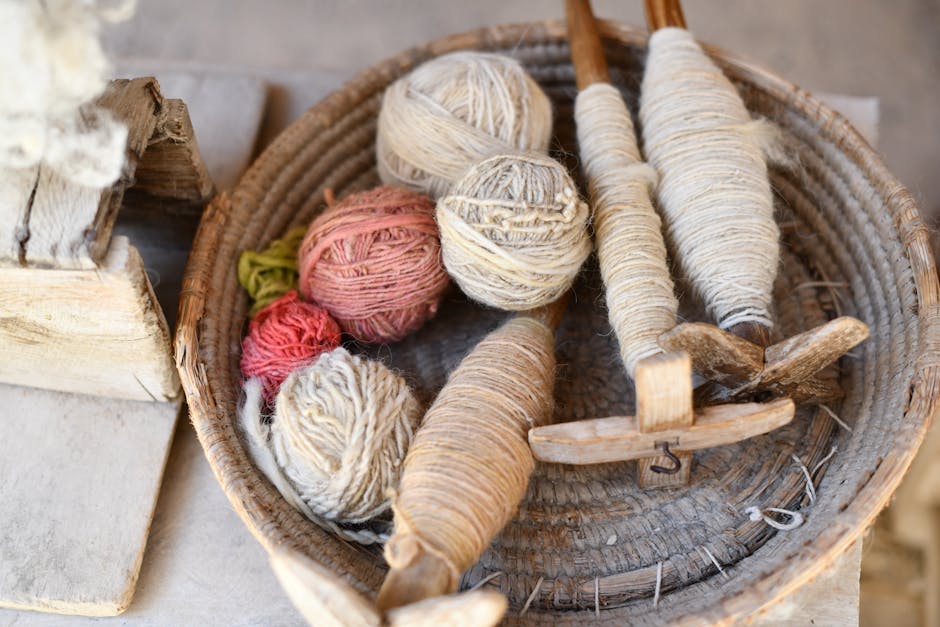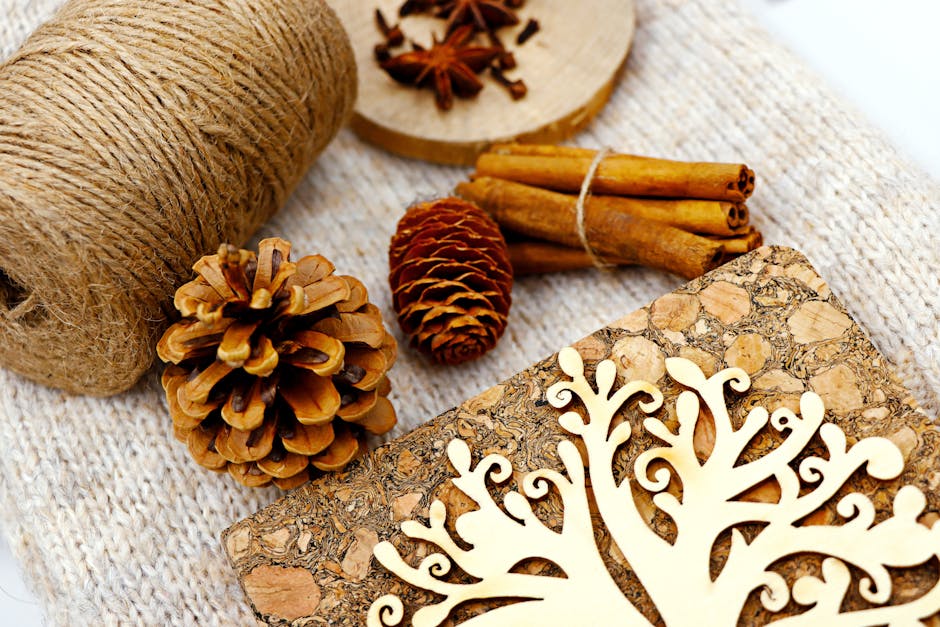Crafting with Natural Materials for a Rustic Look
In a world inundated with mass-produced goods and synthetic materials, there is a growing trend towards embracing the beauty of nature in crafting. Crafting with natural materials not only adds a touch of rustic charm to your projects but also connects you with the environment in a meaningful way. From handwoven baskets to wooden furniture, there is an undeniable allure to items crafted from the earth’s bounty.
Have you ever wondered about the art of crafting with natural materials for a rustic look? How can you harness the raw beauty of elements like wood, stone, and fibers to create stunning pieces that exude warmth and authenticity? Join us on a journey to explore the world of natural crafting, where tradition meets innovation, and sustainability is key.
The Beauty of Natural Materials

When we think of natural materials, images of weathered wood, rough-hewn stone, and woven fibers often come to mind. These materials have a unique appeal that is hard to replicate with synthetic alternatives. The imperfections, textures, and colors found in natural materials tell a story of their own, adding character and depth to any craft project.
Wood, in particular, is a versatile material that has been used for centuries in crafting. From intricate carvings to sturdy furniture, wood lends a sense of warmth and timelessness to any piece. Stone, on the other hand, brings a sense of solidity and permanence to a project. Whether used in mosaics or sculptural forms, stone adds a touch of nature’s rugged beauty.
Fibers such as wool, cotton, and jute are also popular choices for crafting with natural materials. These materials are not only sustainable and biodegradable but also offer a wide range of textures and colors to work with. Whether knitting a cozy sweater or weaving a tapestry, fibers bring a softness and tactile quality to your creations.
The Art of Natural Crafting

Crafting with natural materials is not just about using what nature provides; it is also about honoring the traditions and techniques that have been passed down through generations. In many cultures around the world, crafting with natural materials is a way of life, with artisans using age-old methods to create functional and beautiful objects.
For example, in Scandinavia, the art of wood carving has been a cherished tradition for centuries. Using simple tools like knives and chisels, artisans create intricate designs and patterns on wooden objects, from bowls to utensils. The result is a piece that is not only functional but also a work of art.
In South America, weaving is a central part of many indigenous cultures. Using fibers from plants like cotton and agave, artisans create intricate textiles that tell stories of their heritage and traditions. These textiles are not only beautiful but also serve as a link to the past, preserving ancient weaving techniques for future generations.
Sustainability and Ethical Crafting

One of the key benefits of crafting with natural materials is the focus on sustainability and ethical practices. By using materials that are renewable and biodegradable, crafters can reduce their environmental impact and support local economies. Additionally, many natural materials are sourced ethically, ensuring that the artisans who work with them are treated fairly and paid a living wage.
For example, when crafting with wood, it is important to choose sustainably harvested timber to prevent deforestation and promote responsible forestry practices. Similarly, when working with fibers, look for organic or fair-trade options to support farmers and producers who prioritize ethical and sustainable practices.
By embracing sustainability and ethical crafting practices, you not only create beautiful and meaningful pieces but also contribute to a more sustainable and equitable world for future generations.
Bringing Nature Indoors

One of the greatest joys of crafting with natural materials is the ability to bring a touch of nature into your home. Whether through handwoven textiles, wooden furniture, or stone accents, natural materials can transform your living space into a cozy and inviting sanctuary. From the warmth of a wooden dining table to the softness of a wool throw, natural materials add a sense of comfort and connection to the outdoors.
Consider incorporating natural elements into your home decor through DIY projects such as macram plant hangers, driftwood wall art, or stone candle holders. These simple yet stylish pieces can add a touch of rustic charm to any room and create a sense of harmony with the natural world.
Preserving Tradition in a Modern World
In a world dominated by mass production and disposable goods, crafting with natural materials offers a welcome alternative. By embracing traditional techniques and materials, crafters can create unique and timeless pieces that stand the test of time. Whether through woodworking, weaving, or stone carving, the art of natural crafting allows us to slow down, connect with our roots, and create something truly special.
As we look to the future, it is important to preserve and promote the art of crafting with natural materials. By supporting local artisans, choosing sustainable materials, and sharing our knowledge with others, we can ensure that this timeless tradition continues to thrive for generations to come. So why not pick up a piece of wood, a skein of wool, or a stone carving tool and embark on your own natural crafting journey today?
Common Misconceptions
One common misconception about crafting with natural materials is that it is time-consuming and difficult. While working with natural materials does require some patience and skill, it can also be a rewarding and enjoyable process. With practice and dedication, anyone can learn to craft with wood, fibers, and stone, creating beautiful and unique pieces along the way.
Another misconception is that crafting with natural materials is expensive. While some natural materials may be pricier than their synthetic counterparts, there are plenty of affordable options available, especially if you source materials locally or repurpose items you already have. By getting creative and thinking outside the box, you can craft with natural materials on a budget.
FAQs
Q: Can I use natural materials I find in nature for crafting?
A: While it can be tempting to gather materials like driftwood, feathers, or stones from nature for crafting, it is important to do so responsibly and sustainably. Make sure to only collect materials from areas where it is legal and ethical to do so, and avoid disturbing natural habitats or ecosystems.
Q: Are natural materials more durable than synthetic materials?
A: In many cases, natural materials can be more durable and long-lasting than synthetic materials, especially when properly cared for. Wood, stone, and fibers are all known for their strength and resilience, making them excellent choices for crafting projects that stand the test of time.
To Wrap Things Up
Crafting with natural materials for a rustic look is a timeless and rewarding pursuit that allows us to connect with nature, honor tradition, and create beautiful and meaningful pieces. Whether you are a seasoned crafter or just starting out, exploring the world of natural crafting can open up a world of creativity and inspiration. So why not pick up a piece of wood, a skein of wool, or a stone carving tool and begin your own natural crafting journey today?




